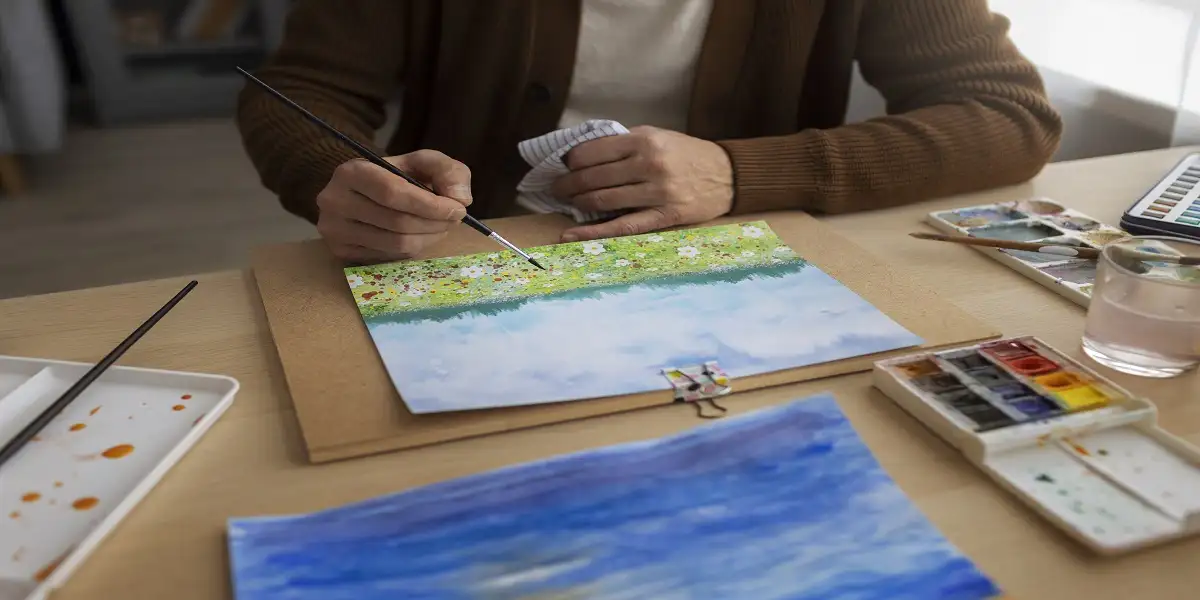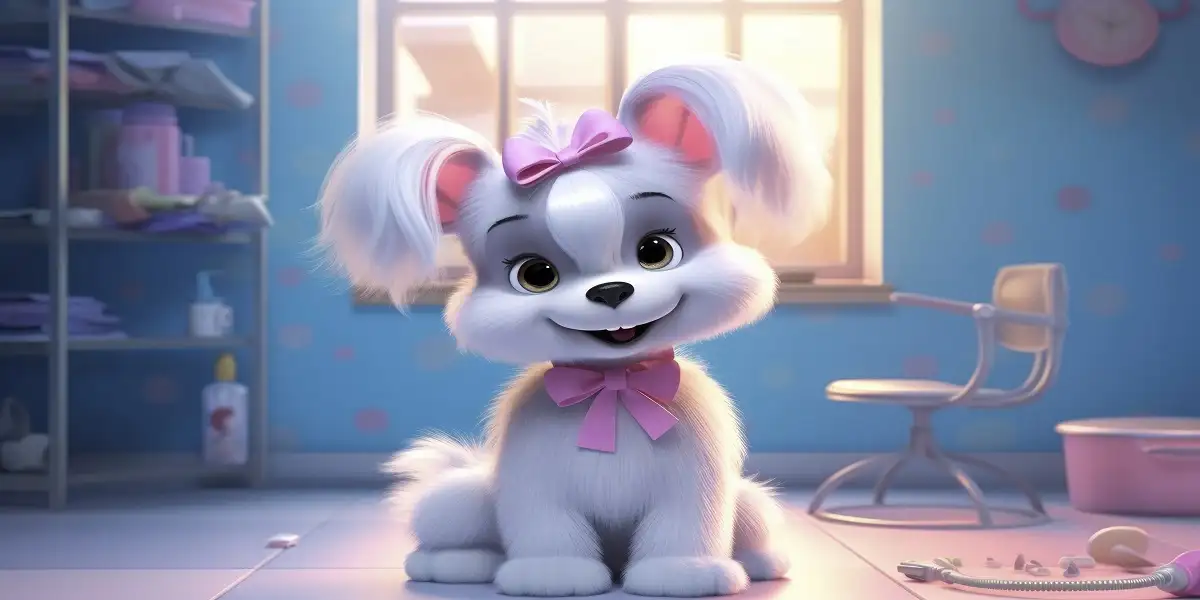Drawing is a creative activity that many people find both enjoyable and therapeutic. However, for beginners, the thought of putting pencil to paper can be intimidating. The keyword “easy= drawing” suggests a search for simple drawing techniques that are accessible and fun. This article aims to explore easy drawing methods, tips for getting started, and how to enjoy the process of creating art.
Why Drawing is Beneficial
Enhances Creativity
easy:h6cmv-l-cgu= drawing stimulates the imagination and encourages creative thinking. It allows individuals to express themselves and explore new ideas visually.
Reduces Stress
The act of drawing can be meditative and calming. Focusing on creating art helps to divert attention from stressors and promotes relaxation.
Improves Concentration
Drawing requires attention to detail, which can improve concentration and focus over time. It encourages mindfulness, helping individuals stay present in the moment.
Boosts Confidence
Completing a easy:h6cmv-l-cgu= drawing, no matter how simple, provides a sense of accomplishment. This boosts self-esteem and encourages further artistic exploration.
Getting Started with Easy Drawing
Gather Your Materials
Starting with drawing doesn’t require a significant investment. Basic materials include:
- Pencils: A range of pencils from H (hard) to B (soft) will suffice.
- Paper: Any type of paper will do, but sketchbooks are convenient for keeping all your drawings in one place.
- Eraser: A good-quality eraser helps to correct mistakes and refine details.
- Sharpener: Keeping your pencils sharp is crucial for detailed work.
Basic Drawing Techniques
1. Line Drawing
Line drawing is the foundation of all easy:h6cmv-l-cgu= drawing techniques. It involves creating images using lines of various thicknesses and styles. Start with simple shapes and objects, focusing on the outline.
Exercise: Draw everyday objects like a cup, a book, or a fruit using only lines.
2. Hatching and Cross-Hatching
Hatching involves drawing closely spaced parallel lines to create shading. Cross-hatching is similar but with lines crossing each other at angles.
Exercise: Practice hatching and cross-hatching to create light and shadow on simple shapes like cubes and spheres.
3. Contour Drawing
Contour drawing emphasizes the outline of a subject. It helps to develop hand-eye coordination and a better understanding of shapes.
Exercise: Without looking at your paper, draw the contour of your hand. Focus on the edges and contours, not on the details.
4. Gesture Drawing
Gesture drawing captures the movement and basic form of a subject. It is quick and emphasizes the action rather than details.
Exercise: Draw people or animals in motion, using quick, fluid lines to capture their poses.
Simple Drawing Exercises
Drawing from Reference
Using reference images can make the drawing process easier and more structured. Choose simple subjects like flowers, leaves, or animals.
Exercise: Find a photo of a simple subject and try to replicate it. Focus on the main shapes and basic details.
Drawing from Life
Observing real objects and easy:h6cmv-l-cgu= drawing them helps improve your observational skills and understanding of forms.
Exercise: Set up a still life with a few objects from your home and draw what you see.
Drawing Shapes
Understanding basic shapes is crucial for more complex drawings. Practice drawing circles, squares, triangles, and other shapes in different sizes and orientations.
Exercise: Create a composition using only basic shapes. This will help you understand how shapes interact and form more complex images.
Easy Drawing Projects
Drawing Animals
Animals are a favorite subject for many beginners due to their distinct shapes and features.
Exercise: Start with simple animals like cats, dogs, or birds. Focus on the overall shape and basic features.
Drawing Nature
Nature offers a vast array of simple and beautiful subjects.
Exercise: Draw a tree, a leaf, or a flower. Pay attention to the lines and shapes that define them.
Drawing Faces
Drawing faces can seem challenging, but starting with basic proportions makes it easier.
Exercise: Draw a face using simple guidelines for the eyes, nose, and mouth. Focus on the overall shape and placement of features.
Drawing Objects
Everyday objects provide excellent practice subjects due to their familiarity and varied shapes.
Exercise: Draw a cup, a bottle, or a piece of fruit. Start with basic outlines and gradually add details.
Tips for Improving Your Drawing Skills
Practice Regularly
Like any skill, drawing improves with regular practice. Set aside time each day to draw, even if it’s just for a few minutes.
Experiment with Different Techniques
Try various drawing techniques and styles to find what you enjoy most. This keeps the practice interesting and helps you discover your artistic preferences.
Use Tutorials and Classes
Many online tutorials and classes are designed specifically for beginners. Websites like YouTube, Skillshare, and Udemy offer valuable resources.
Study Other Artists
Looking at the work of other artists can provide inspiration and insight into different styles and techniques.
Keep a Sketchbook
A sketchbook allows you to track your progress and experiment without pressure. Use it to jot down ideas, practice techniques, and develop your skills.
Enjoying the Process
Focus on the Journey, Not the Destination
Drawing is as much about the process as it is about the final product. Enjoy the act of creating and learning, rather than focusing solely on the outcome.
Embrace Mistakes
Mistakes are a natural part of learning. Embrace them as opportunities to improve and discover new techniques.
Celebrate Progress
Recognize and celebrate your progress, no matter how small. Every drawing completed is a step forward in your artistic journey.
Join a Community
Joining a drawing community can provide support, feedback, and motivation. Online forums, social media groups, and local art clubs are excellent places to connect with fellow artists.
Conclusion
The keyword “easy= drawing” opens the door to a world of simple and enjoyable easy:h6cmv-l-cgu= drawing techniques. Drawing is a fulfilling activity that offers numerous benefits, from enhancing creativity to reducing stress. By starting with basic techniques, practicing regularly, and embracing the process, anyone can develop their drawing skills and find joy in creating art. Whether you draw for relaxation, self-expression, or personal growth, the journey of drawing is one that offers endless possibilities and rewards. So pick up a pencil, start with simple lines, and let your creativity flow. See more




